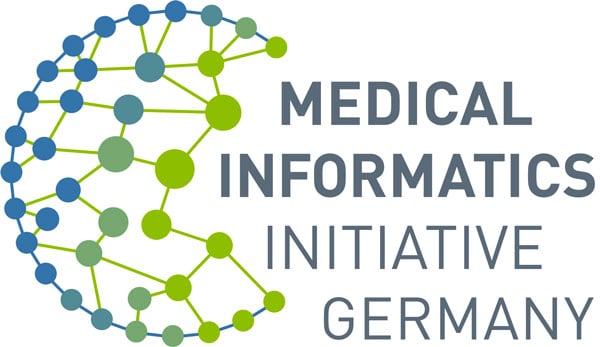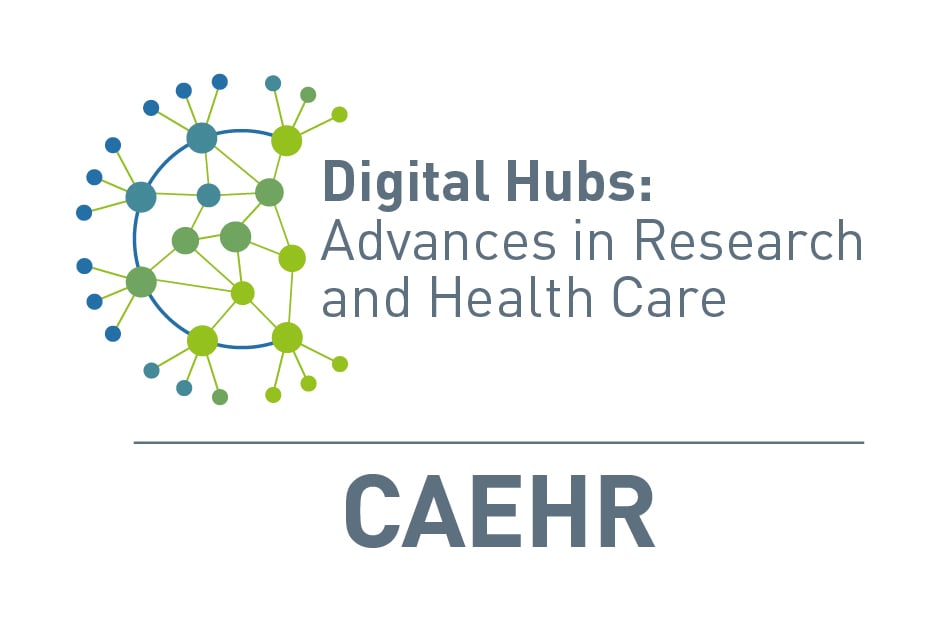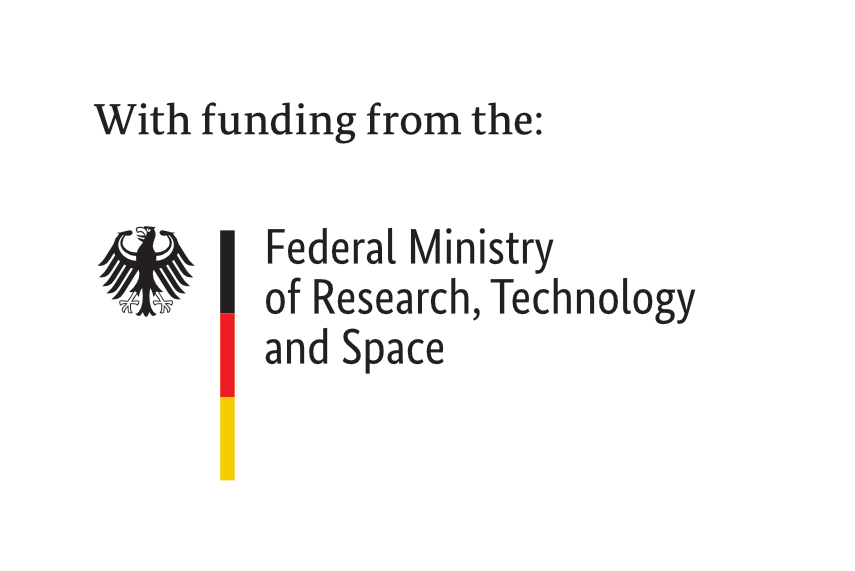CAEHR
CArdiovascular diseases – Enhancing Healthcare through cross-sectoral Routine data integration
The project
Heart failure, coronary heart disease or stroke – despite important medical advances in diagnosis and treatment, cardiovascular diseases are still the most common cause of death in Germany. In addition, cardiovascular diseases often lead to chronic progression. The concerned patients and the treating physicians are then faced with the challenges of long-term care, which should be carried out individually and ideally personalised. The success of treatment depends to a considerable extent on the communication between patients and therapists, as well as the exchange of information between the individual inpatient and outpatient service providers. A lack of communication between healthcare providers often results in a loss of time-critical information, which in turn may result in deficient treatment.
Note for CAEHR study participants:
How the patients' data are being used
At www.medizininformatik-initiative.de/datennutzung you can see at any time which studies are being conducted with your or other patients' data. You can also register for an e-mail distribution list at this address, which will inform you by e-mail about all new studies at least one week before the data is used.
Prof. Dr. Dagmar Krefting
University Medical Center Göttingen
"For optimal and personalized treatment decisions, physicians must be able to assess the big picture of an individual's disease course at every point in the healthcare system."
The Goal
The CAEHR research network aims to improve healthcare for patients with cardiovascular diseases through optimised health communication and the timely provision of relevant health information. In doing so, intelligent data-driven services are to be established along the entire treatment pathway.
For patient-centred treatment, CAEHR structures health data from outpatient and inpatient care and makes it accessible to all actors along the treatment process (paramedics, nurses, doctors and patients) in a research-compatible ePA. Over the next four years, CAEHR will test and further develop digital solutions that enable better care for patients with cardiovascular diseases in the regions of Hannover/Göttingen, Berlin and Würzburg/Mainfranken. Existing eHealth approaches from the Medical Informatics Initiative (MII) and the HiGHmed consortium, as well as the experience gained from 20 years of work in medical research and care projects, form the foundation of this initiative: an open, interoperable system that provides methods and solutions suitable for everyday patient care and research.
Dr. Veronika Jung
AOK Niedersachsen
"The CAEHR project, funded within the framework of the Digital Hubs, aims at the cross-sectoral integration of different health data across the entire treatment pathway of patients. The project has great potential to optimise the flow of information between the different sectors and to improve the care of patients with cardiovascular diseases. In the process, valuable insights can be gained for the strategic further development of digitalisation in the healthcare sector, so that many more patients can benefit from improved information transfer in the long term."
Use Cases
Optimal care for patients with cardiovascular diseases can only be achieved by taking into account all care sectors, combining all relevant medical and paramedical disciplines, and taking into account the perspective of the individual patients and their relatives. It is precisely these interfaces that are addressed in the three use cases of CAEHR. They look at relevant problems in intersectoral communication that were identified in advance by proven experts: The use case "Emergency Care" is dedicated to stroke patients and the interface between emergency and inpatient acute care. The use case "Rehabilitation" focuses on the interface between inpatient care and the rehabilitation of patients with an aortic valve replacement that was inserted using catheter technology (TAVI). The use case "Outpatient care" focuses on the interface between inpatient and outpatient care of patients with chronic heart failure and coronary heart disease.
Use Case A: Emergency Stroke Care
Within emergency care, the transport & initial assessment of stroke patients are extremely time-critical. Therefore, improved communication between the different actors in stroke care (ambulance services, regional hospitals and stroke centers) is highly relevant.
Use Case B: Rehabilitation after heart surgery
An early admission to outpatient or inpatient rehabilitation is considered beneficial by patients & health economists. This requires close interprofessional coordination between the rehabilitation facility & the hospital, the only way to regularly evaluate the progress of the patient's health & to react to possible complications at an early stage.
Use Case C: Outpatient care for coronary heart disease
In order to reduce the risk of secondary cardiovascular events, close cooperation between inpatient & outpatient care is of particular importance. Direct digital communication between healthcare actors promotes a coordinated treatment strategy & enables early therapeutic interventions to avoid emergency admissions.
Project partners
The CAEHR project includes a total of 28 collaborative partners and consists - next to the HiGHmed Association -
of the following eight funded partners:
An overview can be found here: https://www.medizininformatik-initiative.de/index.php/en/node/650
Prof. Dr. Dagmar Krefting
CAEHR-Coordinater | University Medical Center Göttingen
Prof. Dr. Udo Bavendiek
Clinical Leadership | Hannover Medical School



